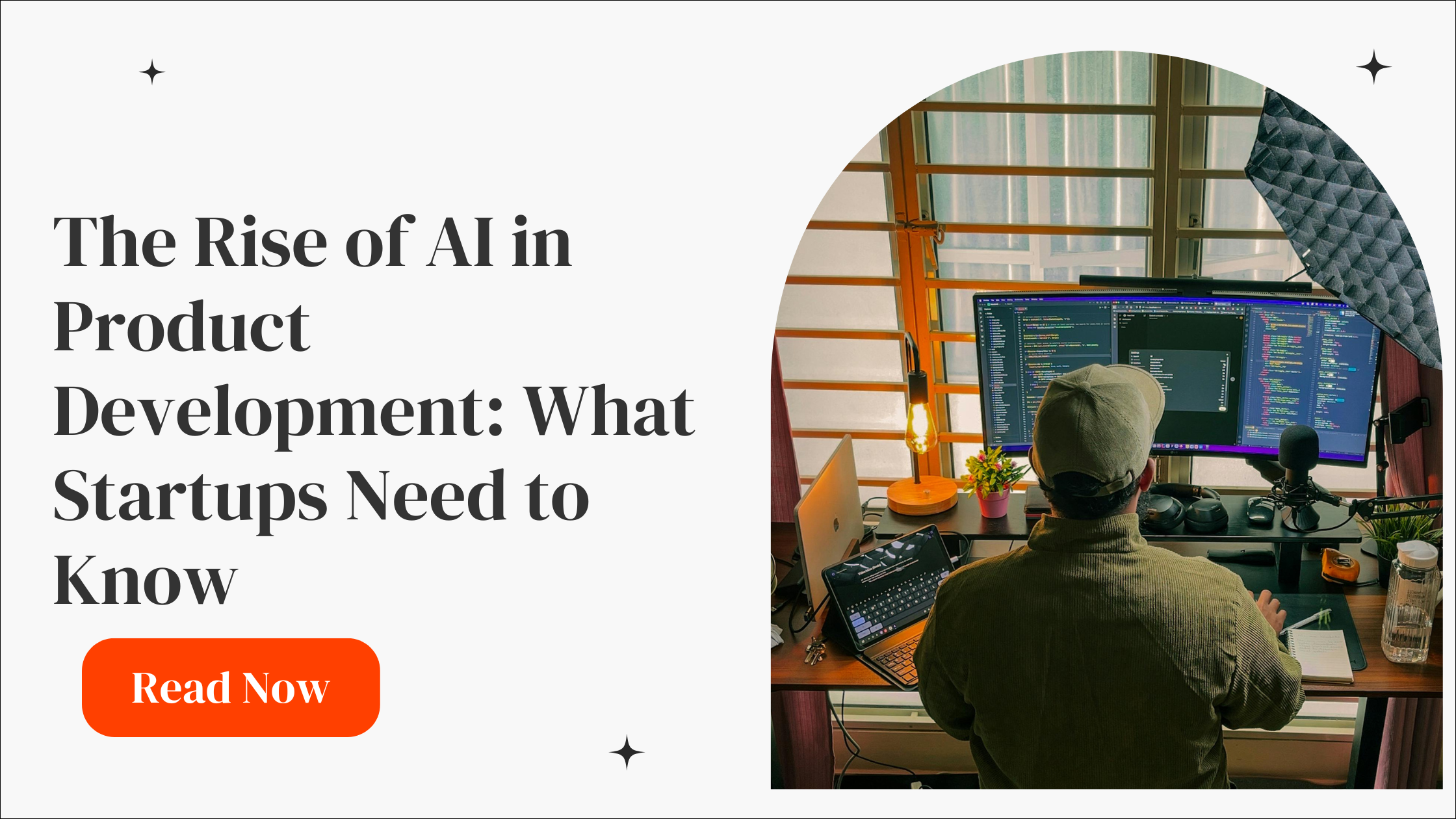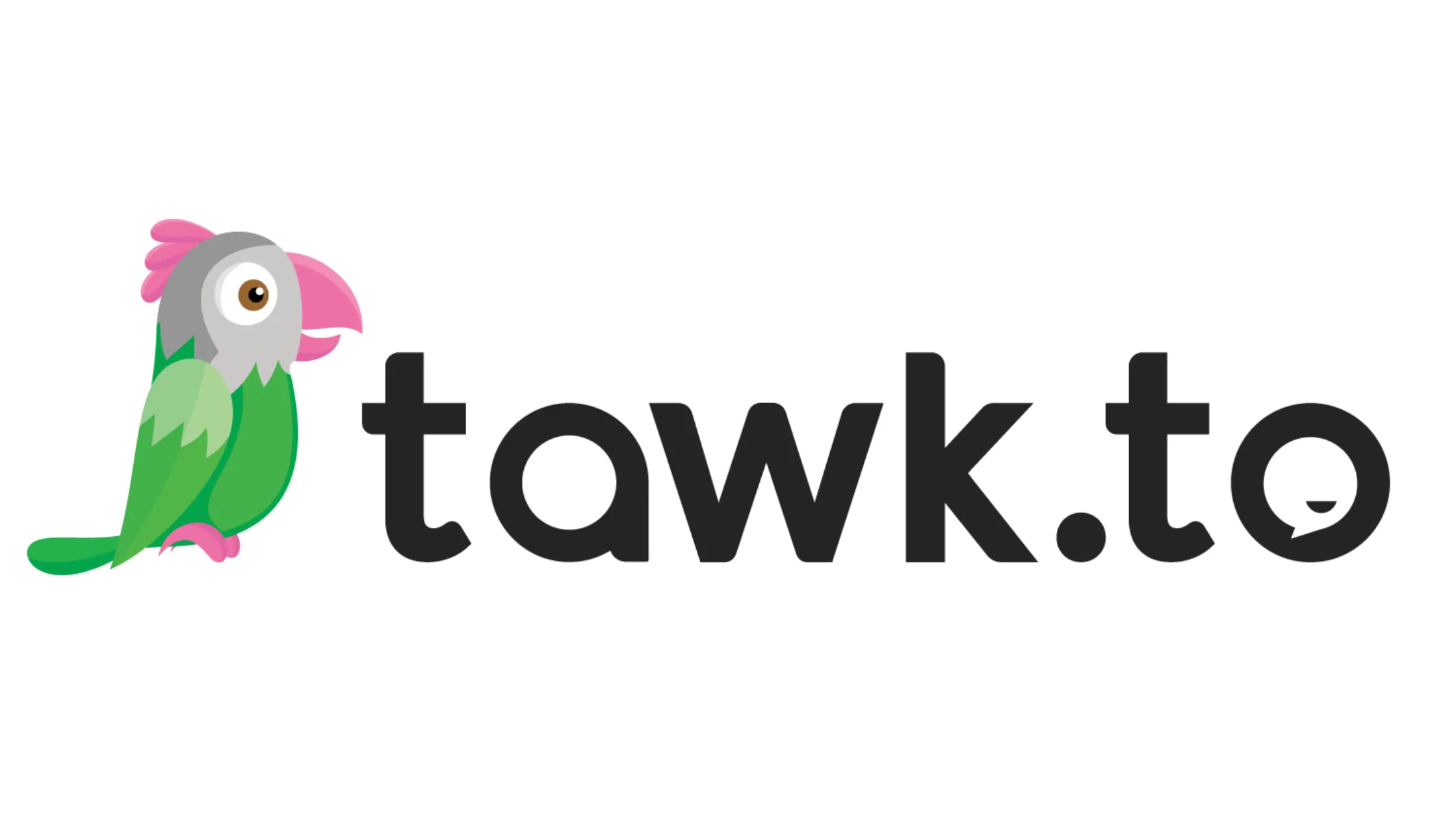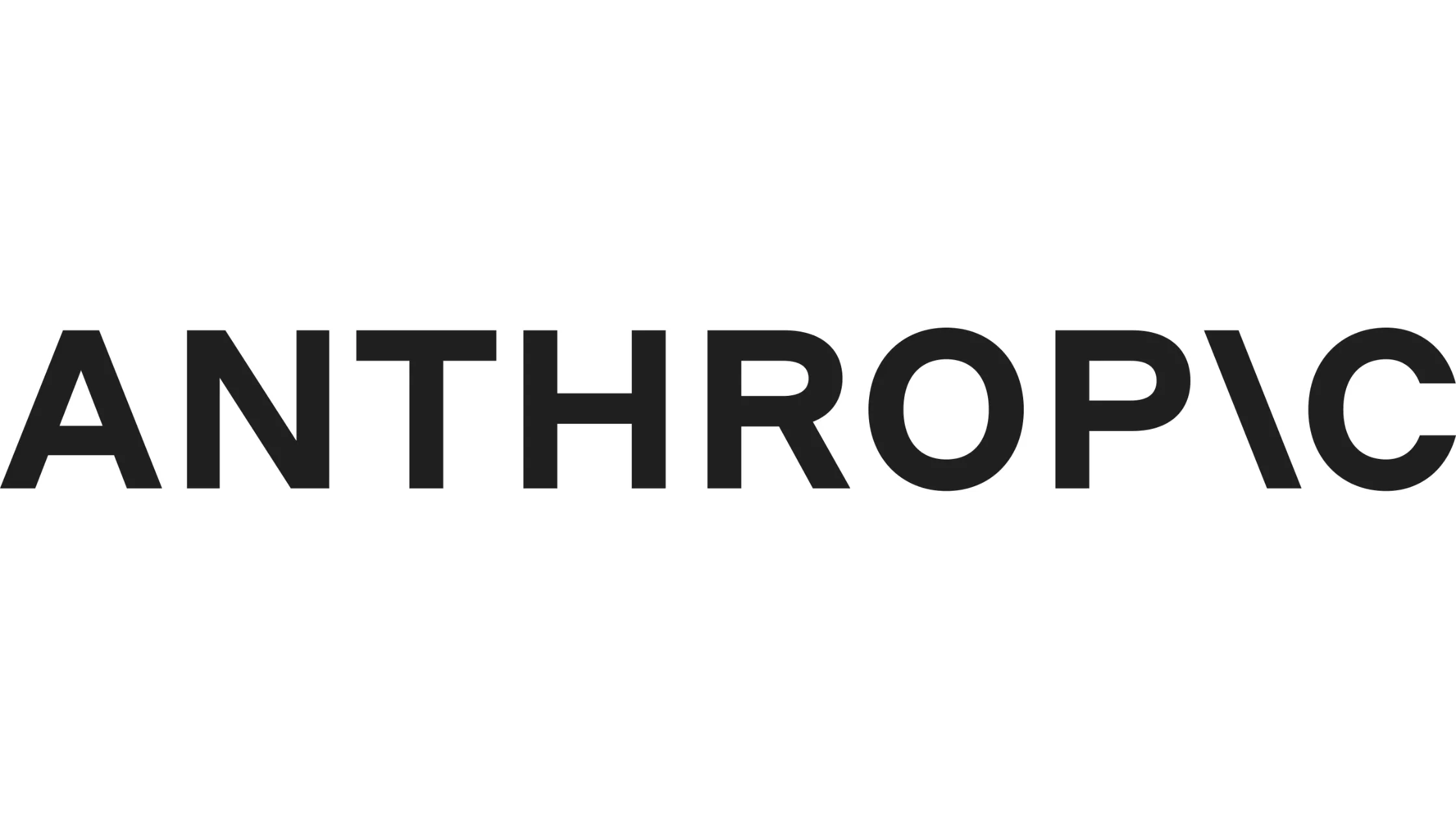
What is Product-Market Fit (PMF)?
Achieving product-market fit (PMF) is vital for startup success. Learn how to navigate the process from a startup founder’s perspective.
If you're a startup founder, you’ve probably heard the term Product-Market Fit (PMF) thrown around. But what does it really mean, and how do you know when you’ve achieved it? PMF is one of the most critical milestones in any startup’s journey. It’s that sweet spot where your product resonates so well with the market that it practically sells itself. However, getting there is no easy task. I’ve been through this process multiple times, and I can tell you—it’s a game-changer.
In this article, I’m going to break down the concept of product-market fit, how to recognize it, and most importantly, how to get there. Whether you’re still experimenting or nearing your first big launch, understanding PMF can mean the difference between a successful startup and one that fizzles out.
What Exactly Is Product-Market Fit?
Defining Product-Market Fit
Product-market fit happens when you have a product that satisfies a strong market demand. To put it simply, your product solves a real problem, for a real group of people, in a way that they value enough to pay for. When you’ve hit PMF, your customers start to do the marketing for you through word-of-mouth because they love what you’re offering.
Marc Andreessen, one of the top voices in the venture capital world, describes PMF as “being in a good market with a product that can satisfy that market.” But how do you know when you’ve hit it?
Signs You’ve Achieved PMF
Here are some common signs that you’ve achieved product-market fit:
- Customer Growth: Your user base is growing rapidly, often through organic channels like referrals.
- Revenue Growth: Your sales are climbing steadily, and customers are willing to pay for your product without heavy discounts or marketing pushes.
- Customer Retention: Users stick with your product, and churn rates (customers leaving) are low.
- Positive Feedback: You’re getting glowing reviews and feature requests from your users.
- Investor Interest: Investors are knocking on your door, excited about the traction you’re showing.
These are indicators that you’re on the right path, but be careful. PMF is not a one-time event. It’s a dynamic state, and market conditions can change, making it important to constantly validate that you’re still aligned with your market.
How to Find Product-Market Fit
1. Understand Your Target Audience
Before you build anything, you need to deeply understand your customers. This means more than just identifying demographics; you need to dive into their pain points, motivations, and behaviors.
- Conduct customer interviews: Talk to potential customers and ask them about their challenges. What keeps them up at night? What solutions are they currently using, and why do those solutions fall short?
- Develop personas: Create user personas based on real data from interviews and market research. These personas will guide your product decisions moving forward.
2. Build an MVP (Minimum Viable Product)
Once you have a solid grasp of your audience, it’s time to build something—but not everything. This is where your MVP comes into play. Your MVP should solve the core problem for your users with minimal features. The goal is to launch quickly, gather feedback, and iterate.
At Horizon Labs, we help founders like you launch interactive prototypes and MVPs that are designed to de-risk your product launch. By testing early, you can avoid the costly mistake of building a product no one wants.
3. Measure and Iterate
Once your MVP is out in the wild, it’s time to measure your results. Use data to guide your next steps. This could be customer feedback, usage metrics, or sales data. The key is to stay flexible and willing to pivot if the data shows that your assumptions were wrong.
- Analyze customer feedback: What features are users loving? What do they hate? Use this feedback to refine your product.
- Track key metrics: Whether it’s customer retention, user acquisition, or net promoter scores, data should inform every decision you make.
Remember, achieving PMF is a process. You might need to tweak your product multiple times before it fully resonates with the market.
Common Challenges When Seeking PMF
1. Misidentifying the Market
One of the biggest mistakes I see founders make is building for the wrong audience. It’s easy to get caught up in your idea and assume that everyone will love it as much as you do. However, building something without thoroughly validating the market can waste months—if not years.
This is why customer interviews and research are crucial early on. At Horizon Labs, we’ve worked with countless founders who thought they knew their audience, only to realize through rapid prototyping that they needed to pivot.
2. Feature Creep
Another common pitfall is adding too many features to your product before you’ve validated its core value. Founders often believe that more features mean more value, but the truth is, more features often dilute your product’s focus. Stick to solving one core problem really well before expanding.
3. Ignoring Feedback
Getting feedback from early adopters is gold. But it’s surprising how often founders ignore or downplay this feedback because they’re too attached to their original vision. Don’t fall into this trap. If you keep hearing the same critique over and over, there’s probably something to it.
Tools to Help You Find PMF
There are plenty of tools out there to help you on your journey to product-market fit. Here are a few to consider:
- SurveyMonkey or Typeform: Great for gathering customer feedback.
- Mixpanel or Amplitude: Helpful for tracking user behavior and understanding which features are being used.
- Pendo or FullStory: Useful for visualizing how customers interact with your product.
At Horizon Labs, we integrate many of these tools into our projects to make sure that founders get the data they need to iterate quickly and effectively.
Real-World Examples of Startups Achieving PMF
1. Airbnb’s Pivot to Product-Market Fit
One of the most famous examples of finding product-market fit is Airbnb. When the company first launched, they weren’t seeing much traction. Their original product, a platform for renting air mattresses during conferences, didn’t exactly scream “billion-dollar idea.” But through customer feedback and constant iteration, they discovered a larger market opportunity—people looking for short-term rentals. By focusing on this new target audience, they achieved PMF and scaled rapidly.
This is a perfect example of how initial failures and pivots can lead to a product that resonates deeply with a larger market. Listening to customer feedback and being willing to adjust is key.
2. Slack’s Transition from a Game to PMF
Slack, now one of the most popular communication tools for teams, started as an internal communication system for a video game company. Their initial product, a multiplayer game, didn’t take off. But the communication tool they built to help the development team work together quickly showed promise in solving a much broader problem. By pivoting away from their game and focusing on their internal tool, Slack achieved product-market fit by offering a solution to team collaboration issues across industries.
These stories show that even if your first product doesn’t find its fit, there’s often a hidden gem that solves a bigger problem.
Why Finding PMF is Just the Beginning
Finding product-market fit is a huge milestone, but it’s not the end of the journey—it’s just the beginning. Once you’ve hit PMF, the focus shifts from figuring out what to build to scaling your business. You’ll need to refine your product, ramp up marketing efforts, and potentially expand your team.
At Horizon Labs, we’ve worked with startups that have just found PMF, helping them scale their engineering teams and build the infrastructure needed to handle rapid growth. We understand the challenges that come after achieving PMF, and we’re here to help founders navigate that next phase with confidence.
Scaling After PMF
Once you’ve locked down PMF, your product is in high demand. Scaling becomes the primary goal, but this comes with its own set of challenges. Scaling too fast without the right infrastructure can result in technical debt and frustrated customers. Here are some key considerations when scaling:
- Optimize your product for performance: Your MVP might have been a little rough around the edges, but now it’s time to polish things up. Optimize your code, improve your user experience, and ensure your product can handle a larger user base.
- Build a scalable infrastructure: You need to ensure your backend can handle the increased load. This might mean moving to more robust cloud services or upgrading your existing systems.
- Consider staff augmentation: Scaling quickly often requires additional engineering resources. At Horizon Labs, we offer staff augmentation to help you get the right talent in place, fast, so you can scale without the headache of long hiring processes.
Why Timing and Persistence Matter for Product-Market Fit
1. Timing Can Make or Break PMF
Achieving product-market fit isn’t just about building the right product—it’s also about launching it at the right time. The market you’re targeting might not be ready for your solution, or there could be an emerging trend that you need to capitalize on. For example, Uber didn’t invent ride-sharing, but they launched at a time when smartphones were ubiquitous, GPS was reliable, and cities were grappling with transportation inefficiencies. This perfect storm of factors helped them achieve PMF relatively quickly.
If you feel like you’re close to finding PMF but not quite there, consider whether market conditions are holding you back. Sometimes, persistence is all you need. The right timing can turn a struggling product into a market leader.
2. Persistence is Key
Building a startup is a marathon, not a sprint. Many founders give up just before they reach product-market fit because the process can be long and frustrating. But here’s the thing: almost every successful startup has gone through a period where they were just barely surviving. It’s the founders who persevere, who keep talking to users, refining their product, and pushing forward, that eventually find the fit they need.
At Horizon Labs, we’ve worked with startups at all stages—from the initial prototype to post-PMF scaling. We’ve seen firsthand that persistence, coupled with data-driven decisions, leads to success. The road to PMF might be bumpy, but with the right support, you can get there.
Recap: Key Takeaways for Achieving Product-Market Fit
Let’s wrap up with the most important points every startup founder should remember on the journey to product-market fit:
- Understand Your Audience: Deeply knowing your customers’ pain points is critical. Don’t assume—you need to research, interview, and engage with potential users.
- Start Small with an MVP: Focus on solving one core problem with your Minimum Viable Product, then iterate based on user feedback.
- Measure Everything: Use data to make decisions. This includes tracking key metrics like user retention, churn, and customer satisfaction.
- Stay Flexible: Be willing to pivot if necessary. Sometimes the market will lead you in a different direction than you initially planned.
- Scale Wisely: Once you’ve hit PMF, focus on optimizing your product for growth and scalability.
How Horizon-Labs.co Helps You Achieve PMF
At Horizon Labs, we’re not just engineers—we’re strategic partners. We’ve been through the grind of finding product-market fit ourselves, and we’ve helped numerous founders navigate this journey. Whether you need to build an MVP, analyze customer feedback, or scale up after finding PMF, we’ve got you covered. With over 15 years of experience and a dedicated team, we’re here to help you build a product your market can’t live without.
If you’re ready to take the next step toward product-market fit, reach out to us at info@horizon-labs.co or schedule a consultation at Horizon Labs Contact Page. We’ll help you build the tech your startup needs—faster, cheaper, and better than the competition.
Frequently Asked Questions (FAQs) about Product-Market Fit (PMF):
Q: How long does it typically take for a startup to achieve product-market fit?
A: There’s no fixed timeline for reaching product-market fit. Some startups achieve it within a few months, while others take years. It depends on various factors such as how well you understand your market, how fast you can iterate based on feedback, and whether you’re solving a real problem with high demand. The key is persistence and constantly refining your product based on customer needs.
Q: Can a startup lose product-market fit after achieving it?
A: Yes, product-market fit is not a permanent state. Market conditions can change, competitors can enter the space, or customer preferences may evolve. Startups need to continually monitor customer satisfaction, competition, and industry trends to ensure they maintain product-market fit over time. Losing touch with your market can cause a product that once fit well to become irrelevant.
Q: What are some red flags that indicate a startup hasn't achieved product-market fit yet?
A: Some red flags include low user engagement, high churn rates, difficulty in acquiring customers without significant spending, and lack of organic referrals. If your product requires constant promotion and incentives to get people to try it, or if users aren’t returning after their initial interaction, it’s likely that you haven’t achieved product-market fit.
Q: Does every startup need to launch an MVP to achieve product-market fit?
A: While launching a Minimum Viable Product (MVP) is a common path to achieving product-market fit, it’s not the only route. Some startups may already have a deep understanding of their market and can afford to launch a more complete product. However, an MVP is often useful because it allows you to test your core assumptions quickly and make adjustments based on real user feedback without spending too many resources on development.
Q: How do you know if your startup is close to achieving product-market fit?
A: If you’re seeing signs like increased organic growth, enthusiastic customer feedback, repeat users, and word-of-mouth referrals, you may be close to achieving product-market fit. Another good indicator is when your sales start to become less reliant on aggressive marketing and more driven by genuine demand from users. Investors showing more interest in your company can also be a sign that you’re on the right track.
Q: Is product-market fit different for B2B startups compared to B2C?
A: Yes, the process for achieving product-market fit can vary between B2B and B2C startups. In B2B, PMF may involve a smaller number of high-value clients, and feedback loops may take longer due to longer sales cycles. In B2C, product-market fit often involves reaching a larger user base and typically comes with faster feedback from the market. Both types require careful attention to customer needs, but the approach and metrics used may differ.
Q: Can a startup achieve product-market fit without external funding?
A: Yes, it’s possible for startups to achieve product-market fit without external funding, especially if they have lean operations and are focused on solving a specific problem in a niche market. Bootstrapped startups often rely heavily on customer feedback, early revenue, and careful resource management to build and iterate their product. While external funding can accelerate growth, it’s not always necessary to find PMF.
Q: How important is customer feedback in the journey to product-market fit?
A: Customer feedback is crucial in the journey to product-market fit. It helps you understand whether your product is solving the right problem, how users interact with your solution, and what improvements or features they want. Without regularly engaging with customers, you risk building a product that doesn’t meet market needs, which can significantly delay reaching PMF.
Q: What role does pricing play in achieving product-market fit?
A: Pricing plays an important role in product-market fit because it reflects the value that customers perceive in your product. If your pricing is too high, customers might not see the value and opt for cheaper alternatives. If it’s too low, you could be leaving money on the table or devaluing your product. Experimenting with different pricing strategies and understanding your customers' willingness to pay can help ensure your product is priced appropriately for the market.
Q: How do you balance product iteration with scaling while trying to achieve product-market fit?
A: Balancing product iteration and scaling is tricky during the PMF phase. It's important to focus on refining your core product based on user feedback before scaling too quickly. If you scale prematurely without fully validating your product, you may end up with a larger user base but a product that doesn’t quite fit the market, leading to higher churn rates. Iterating based on customer feedback should take priority until you’re confident you’ve achieved PMF.
Q: How does competition impact the path to product-market fit?
A: Competition can both help and hinder your path to product-market fit. On one hand, competition forces you to sharpen your value proposition and focus on differentiating your product. On the other hand, if a competitor has already achieved PMF, it can be harder to gain traction unless your product offers something significantly better or different. Understanding your competitors and how your product stands out is crucial for positioning your startup to achieve PMF.
Q: Can achieving product-market fit be a gradual process?
A: Yes, achieving product-market fit is often a gradual process. It rarely happens overnight. Instead, it’s the result of continuous testing, learning, and iteration. Early signs like improved customer engagement or positive feedback may signal that you’re getting closer to PMF, but it may still take time to refine your product and fully align with the market. Patience and adaptability are key during this process.
Whether you're validating an idea, scaling an existing product, or need senior engineering support—We help companies build ideas into apps their customers will love (without the engineering headaches). US leadership with American & Turkish delivery teams you can trust.
Need Developers?
We help companies build ideas into apps their customers will love (without the engineering headaches). US leadership with American & Turkish delivery teams you can trust.
















For Startups & Founders
We've been founders ourselves and know how valuable the right communities, tools, and network can be, especially when bootstrapped. Here are a few that we recommend.

Mistakes to Avoid When Building Your First Product
Learn the key mistakes founders make when building their first product—and how to avoid them for a faster, smoother launch.
Read more
The Rise of AI in Product Development: What Startups Need to Know
Learn how AI is transforming product development for startups. From MVPs to scaling, here’s what founders need to know in today’s AI-driven world.
Read more
No-Code vs. Custom Development: Which is Right for Your Startup?
Weighing no-code vs. custom development? Learn which is right for your startup depending on stage, budget, and product complexity.
Read more
What is Mixpanel?
Learn how Mixpanel helps startups track user behavior to improve products and accelerate growth with clear data-driven insights.
Read more
How Tawk.to Can Boost Your Startup’s Customer Support Game
Learn how Tawk.to can benefit startups by enhancing customer support and engagement. Perfect for early-stage founders!
Read more
Grow Your Startup With Anthropic's AI-Powered Tools
Discover how Anthropic's cutting-edge AI tools can accelerate your startup's success. Learn about their benefits and see why they can be trusted by startups.
Read more
What is Data-Driven VC?
Learn what a data-driven VC means and how such investors can benefit your startup’s growth and fundraising journey.
Read more
What is Blockchain?
A beginner-friendly guide on blockchain for startup founders, covering key concepts, benefits, challenges, and how to leverage it effectively.
Read more
What is Cybersecurity?
Learn cybersecurity basics tailored for startup founders. Understand key risks, best practices, and how to protect your startup from tech threats.
Read more
What is Seedcamp?
Learn what Seedcamp is, how its European seed fund and accelerator program work, and how founders can use its capital, mentorship, and network to scale their st
Read more
What is AngelList?
AngelList is a prime platform connecting startup founders to investors, talent, and resources to accelerate early-stage growth.
Read more
What is 500 Startups?
Learn what 500 Startups (now 500 Global) is, how its accelerator and seed fund work, and when founders should consider it—plus tips for early-stage startups.
Read more.png)